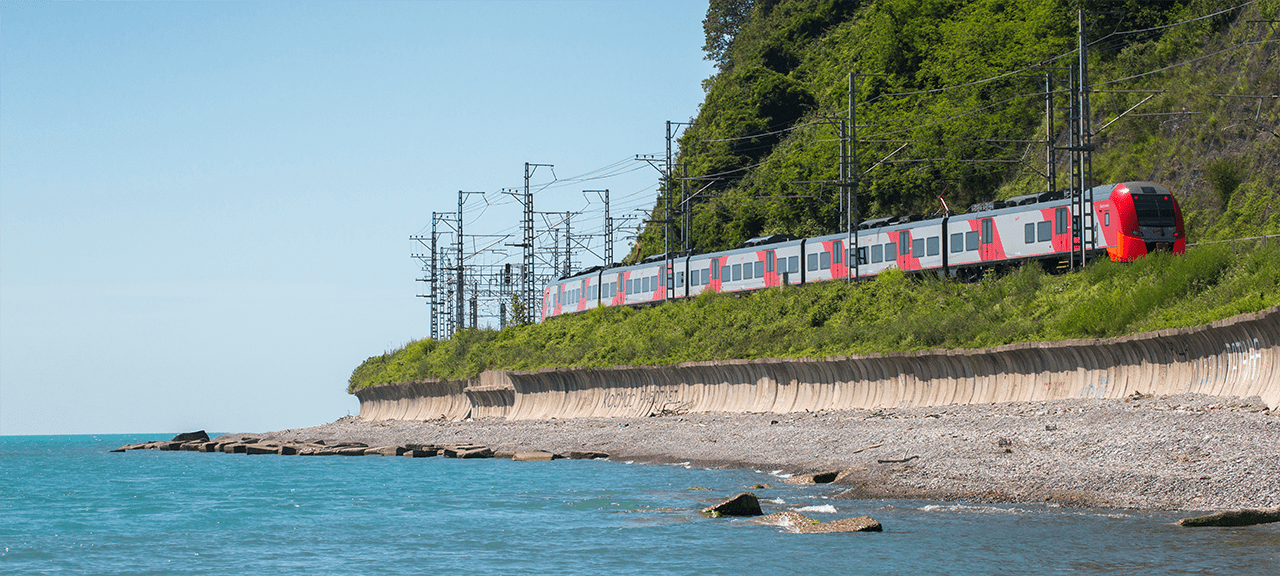Air protection
Industry, innovation and infrastructure
Sustainable cities and communities
Responsible consumption and production
In its operations, Russian Railways seeks to minimise air pollutant emissions from stationary and mobile sources. The Company uses environmental monitoring points furnished with diagnostics facilities to conduct regular internal checks of mainline and shunting diesel locomotives and track maintenance equipment for compliance with technical standards for air pollutant emissions. Emissions are measured as part of diesel locomotive rheostat testing following repairs.
Stationary sources
Emissions from stationary sources make up around 25% of all emissions by Russian Railways.
The decrease is due to energy efficiency and saving initiatives, including upgrades and the use of alternative fuel in boilers. At present, gas boilers produce as much as 44% of heat energy, and we are increasing the share of alternative energy used in hot water and heat supply systems (solar collectors and heat pumps). We replaced small coal and diesel boilers with 44 boilers running on pellet fuel, and piloted a solar power plant at the Svetlograd railway station (North Caucasus Railway).
The Company is also reconstructing and installing new dust collection and gas purification facilities.
Mobile sources
Emissions from mobile sources make up around 75% of gross emissions of which 90% come from mainline and shunting diesel locomotives.
Initiatives to make transportation more energy efficient helped us reduce diesel driven transportation, cut downtime and time to cover delay for passenger trains, and decrease per unit diesel consumption in train traction. These steps resulted in lower per unit air emissions from mobile sources, with upgrades of the rolling stock acting as a key contributor.
In 2021, the fleet received 535 diesel locomotives, including 277 electric locomotives (264 freight and 13 passenger). The purchase of 258 new series diesel locomotives in the reporting year served to cut air emissions. By putting into operation 2TE25KM mainline locomotives we achieved a significant decrease in such emissions – 3.2 kt or 75% of the 2021 total.
Today, Russian Railways uses electric traction to transport more than 86% of cargo and 85% of passengers. For instance, СО2 emissions generated by one passenger travelling from St Petersburg to Moscow by train are nearly four and five times lower than those from the same trip by car and plane, respectively.
